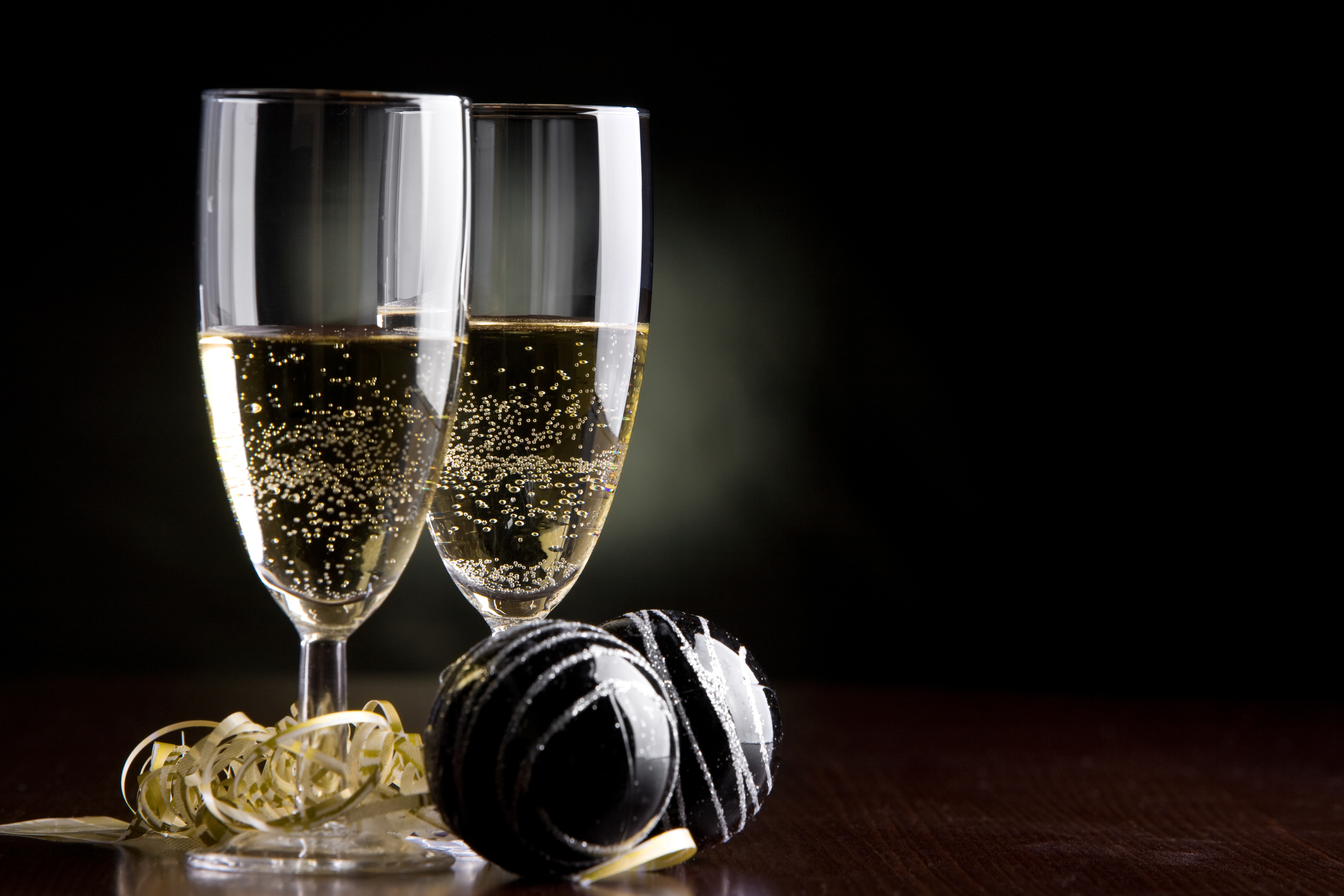The True Origin of Champagne

To put it simply, champagne is a sparkling wine that hails from the Champagne region of France. Any similar bubbling wine is considered sparkling wine, but champagne is the only one titled as such due to its unique origins.
The French reserved the legal right to call their sparkling wine champagne in the Treaty of Madrid in 1891, which was later reaffirmed in the Treaty of Versailles.
Throughout history, champagne has been considered a celebratory drink that even made appearances at the coronation of kings. But what is the true origin of champagne? In this article, we will discuss the origin of Champagne and everything you need to know about how champagne came about.
The True Origin of Champagne
Although wine has existed for over 7000 years, along with the effervescent wine, which held cloudy, muddy impurities, authentic sparkling wine was invented in France in the 17th century. The history and origin of champagne are submerged in the efforts of many people, dating back to the Romans.
Early Years
The Romans were the first to introduce vines to Gaul and were great viticulturists who wanted to take advantage of the cool northern climate of the Champagne region in France to grow quality grapes. Fast forward to the 9th century, when wine, which still wasn’t true sparkling, grew in popularity in the city of Reims, where French kings were crowned.
In the late 13th century, the Counts of Champagne held trade fairs and provided trade incentives to encourage Spanish, Italian, and English merchants to import Champagne, giving it an international reputation and making wine a big business. Even till this stage, the wine that was being produced was still murky.
In the mid-17th century, winemakers began using white grapes to make clearer wine and putting in the effort to make sparkling wine.
Dom Perignon
The most significant contribution to champagne came from Dom Perignon, who became known as the inventor of the champagne we know today. Perignon was a Benedictine monk who worked as a cellar master during the 17th and 18th centuries. However, much of the history surrounding Dom Perignon is muddled and obscure.
Some say Dom Perignon experienced a happy accident when he opened a bottle of wine that had not completely fermented before it was bottled, causing the wine to continue fermenting while inside the bottle. The cork popped out when Perignon opened the bottle, and the wine fizzed.
Others, however, say that Dom Perignon was a master at blending wines and had worked on eliminating undesirable bubbles from red wine. Perignon helped standardize production methods to avoid the explosion of bottles in the cellar by adding wines to thicker glass bottles and a rope snare that helped keep the cork in place, inventing the first champagne press.
Making Champagne
One of the reasons that champagne is so expensive is the extra time and effort that goes into its production. The procedure of making champagne was called the Méthode Champenoise but is now referred to as Méthode Traditionelle due to its long-standing history.
After the grapes are harvested in October, the grape pulp (called marc) is squeezed in a press, resulting in juice called the must. The first juice extracted from the pulp is rich in sugars and acids, while the second juice extracted is murkier. Must is then allowed to ferment for up to 10 days in large stainless steel cans.
To make different types of champagne, juices of various sources and years are mixed in a process called assemblage. Gelatine or clay is then added to attract the remaining impurities that settle at the bottom. The wine is then poured into bottles and capped.
After the first fermentation, a mix of sugar, yeast, and wine is added to reduce the wine’s acidity and promote a second fermentation inside the bottle, creating carbon dioxide bubbles. It is a regulation that the bottle used for this second fermentation is the same as the one the customer will eventually buy.
Adding sugar to the wine did create its risk, as the sugar increased the gas bubbles in the bottle, but too much would increase the pressure inside and cause the bottle to burst. French chemist Jean-Baptiste Francois invented a scale to measure how much sugar should be added to reach the ideal amount of fizz in champagne.
months in a dark, cold storage room of 10 to 12 degrees Celsius to slow the fermentation process, increasing the flavor and creating smaller bubbles. Then, the bottles are placed in a hole at 90 degrees and turned every day. This helps to prevent sedimentation.
Types of Champagne
Champagnes are divided into three different types based on their sugar levels.
1. Maison: Mainly produced by Dom Perignon, Pommery, Taittinger, Veuve Clicquot, and Bollinger. At this moment, there are about 360 champagne maisons.
2. Cooperative: Produced by certain villages use grapes from their own vineyards. There are 140 cooperatives, with Nicolas Feuillate being the largest one.
3. Vignerons: Produced by independent owners of vineyards that mainly sell their grapes to champagne houses and cooperatives. Champagne labels of such have the letters RM, standing for recoltant-manipultant (independent champagne producers). There are around 5,000 vignerons to date.
Wrapping up
The true origin of champagne may be vague, be it an accidental find or a purposeful invention. However, it cannot be argued that the development of champagne has gone through many advances over the years and the effort put into perfecting this alcoholic beverage was worthwhile.
The success and popularity of champagne can be accredited to its unique look and flavor. Although many other imitators have sprung up that produce a similar drink in almost identical bottles, true champagne hailing from France is still adamant in its position and thriving nonetheless.
